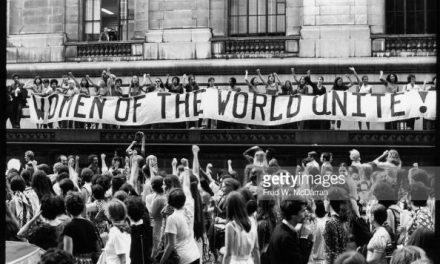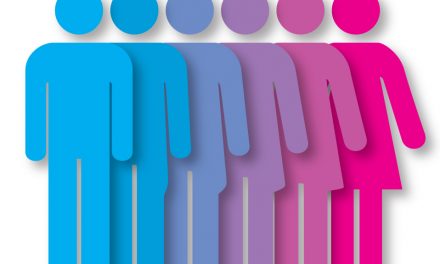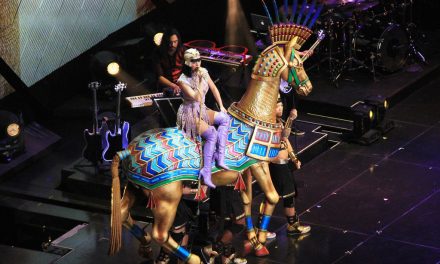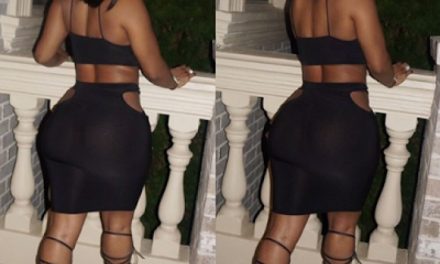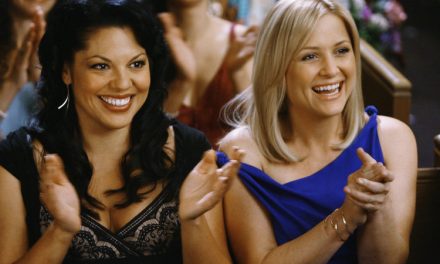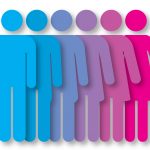
The Toxic Gay Best Friend
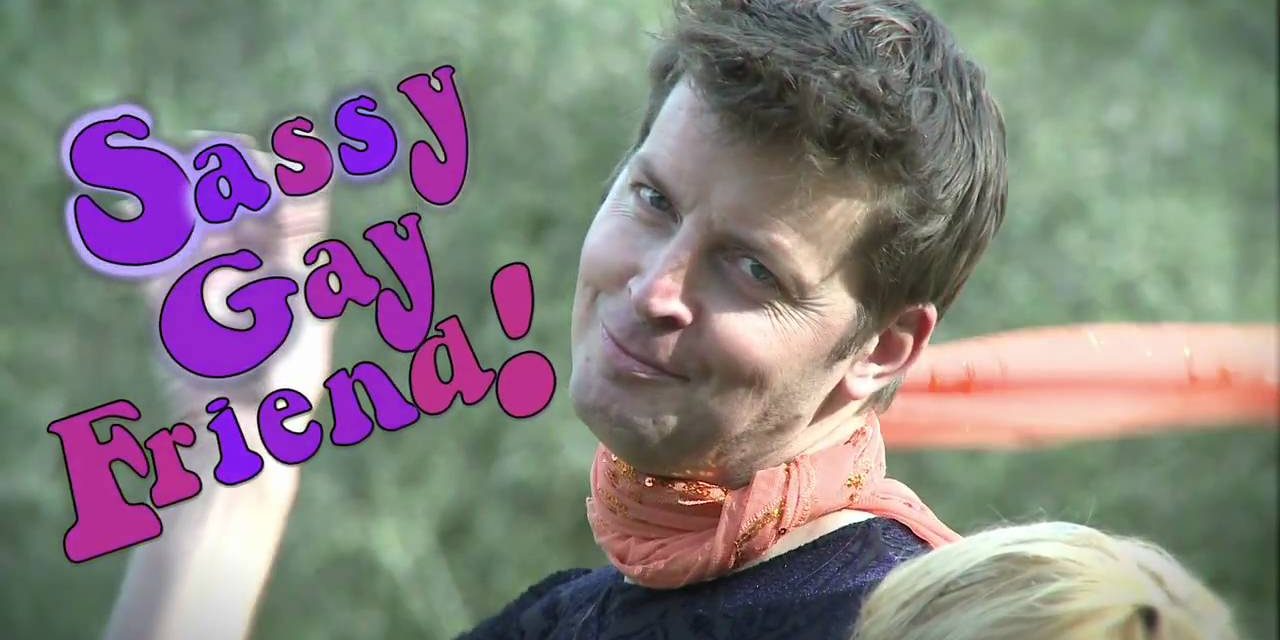
You know Gay Best Friend?
Oh come on, everyone knows Gay Best Friend. GBF is: white, conventionally attractive, a young adult, male, cis-gender, sassy, dramatic, feminine and, of course, gay. But not like, gay-ish like bisexual (liking two binary genders) or pansexual (attraction unaffected by gender identity). GBF is gay; he is only ever attracted to members of the same
gender. Not that you would ever see GBF with a serious partner. He is always around to listen to his female best friend’s problems and love life but never seems to have any serious complications with his own. GBF will always tell you how it is- whether or not you’re ready to hear it, sweetie. GBF usually loves brunch, shopping, and alcohol. He is every gay 90s stereotype wrapped up into one punchline-delivering package. Of course you know GBF. He’s only littered about the 90s and early 2000s wherever he could be fit.
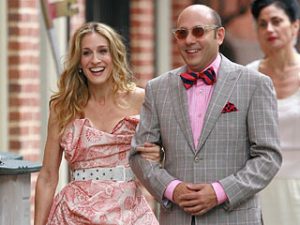 GBF was a token diversity character that came about in the 90s that the media took and ran with. Gay characters,
GBF was a token diversity character that came about in the 90s that the media took and ran with. Gay characters,
male and female, up until that point were typically only brought up as a punchline to a joke- the joke being, “Oh look, they’re gay! Woahhhhhhhh!” And while GBF still played into that joke, it was at first a welcome change to have a reoccurring gay character. But as more and more GBFs began to pop up he became less of a character and more of a stereotype. And one that set harmful, unrealistic standards for gay men at that.
A Toxic Friendship
With the GBF trope, it dehumanized gay people and turned them into accessories. Every leading lady all of a sudden had to have her sassy gay friend. But the GBF was never a fully developed character. He was always there to deliver sassy punchlines and good love advice, but not much more than that. He was used as an escape or play off of the usual heteronormative relationships that viewers were used to. Heteronormative meaning the assumption that
everyone is straight. And while an escape from heteronormativity isn’t inherently a bad thing, the simplification and overuse of GBF turned him into a damaging stereotype. This bombardment of generalization almost delegitimized
any member of the LGBTQ+ community who didn’t fit into the GBF confines. The limited representation of non-
straight people was restricted even further to a subset of people who did not represent everyone else. Overall, this toxic simplification set the expectation for gay men everywhere to behave a certain way and to immediately fall into the sidekick role to the quirky but beautiful protagonist.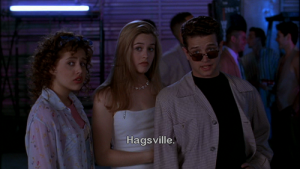
However, why did everyone take to the GBF so suddenly? Many, like psychologist Megan de Beyer, believe that the GBF gave women everywhere the intimate, emotional male relationship they wanted without the risk of losing it to unrequited attraction. There was no concern of the male suddenly becoming predatory. GBF was like a best female friend but even better. Both the girl and the GBF understood the other’s attraction to men, but were rarely ever in competition. The loyalty there was represented as something different from a female-to-female friendship. In addition, the GBF offered a glimpse into the male mind, and therefore better dating advice. This dream best friend played into the severe fetishization of gay men that plagued the 90s and early 2000s.
 Looking Forward
Looking Forward
Following the overall media trend of slightly better representation, the GBF trope has calmed down slightly. Of course he still lives on in characters like Cam from Modern Family and Titus from The Unbreakable Kimmy Schmidt; but even they are much fuller, more complicated characters. Lesbians and bisexuals are beginning to have their own representation (though they are not without problems). In the end though, it is a step in the right direction.
But did this harmful pigeonhole bleed into how members of the gay community treats each other? Much like how media’s representation of women bled into real life expectations and self-esteem, the way members of the gay community expect each other to appear are reminiscent of the GBF. All across Grindr, a gay dating app, it is clear that the ideal guy is usually similar to GBF: white, conventionally attractive, strictly gay, a young adult, cis-gender, and hypersexual. The biggest difference comes in the trend of “no femmes”, or not wanting a more feminine guy. But other than that change, the ideal physical traits of the GBF seems to have become the ideal physical traits of any gay man.
Just because one is gay, that does not exclude them from exhibiting problematic, discriminatory behaviors. The prominent trend of “no fats, femmes, blacks or Asians” proves that negative (and racist) social ideals are still alive in the gay community, in part thanks to our GBF. The lack of diversity in representation encouraged and solidified these trends because people outside of the societal ideal have not been as normalized. It is going to take quite a bit of conscious improvement to work out the damage done from the lack of media representation. And while progressive movement might be slow, we just have to keep trying to move forward.

